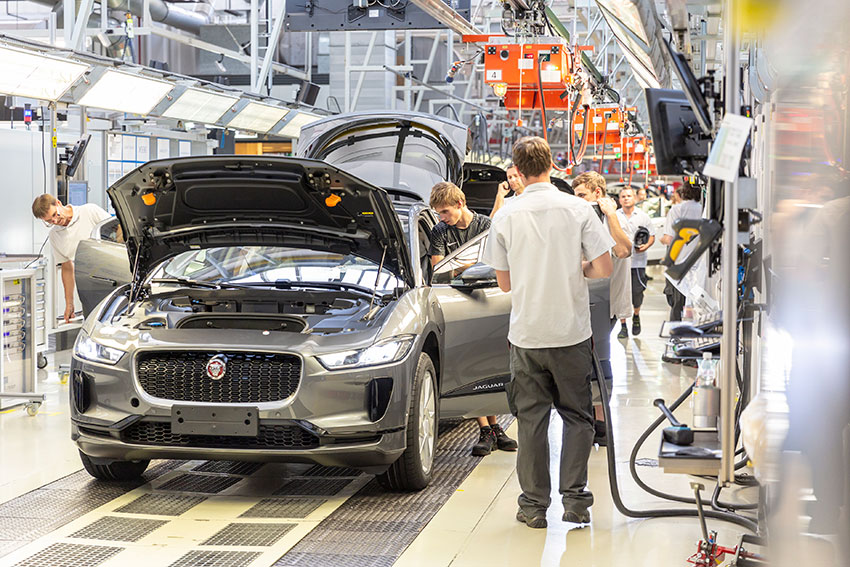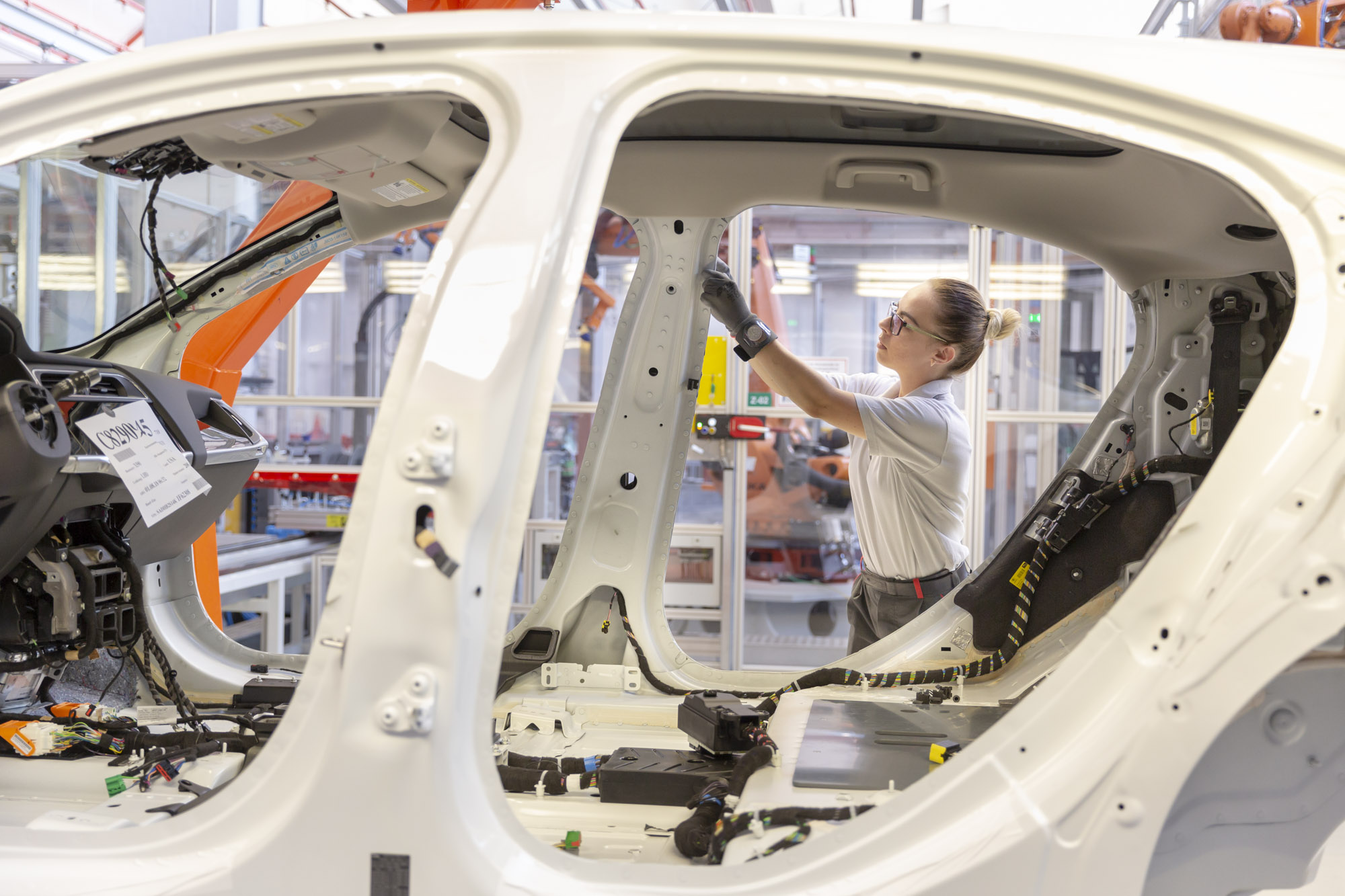WHAT'S NEXT?
An automotive platform is the sum of all common components, systems, and functions across different vehicle models. Platforms are the “streamlined” half of a vehicle, while the top hat is the “styling-driven” portion. The exact properties of a platform are determined by the systems and functions they encompass, their structure (size/weight class), and their E/E architecture. Most importantly, the strategy of developing several vehicles based on a single platform can considerably reduce development costs, shared material costs, and increase product familiarity with shared functionalities. In the future, successful platforms will be even more flexible and will see widespread use across different automotive models and structures.






